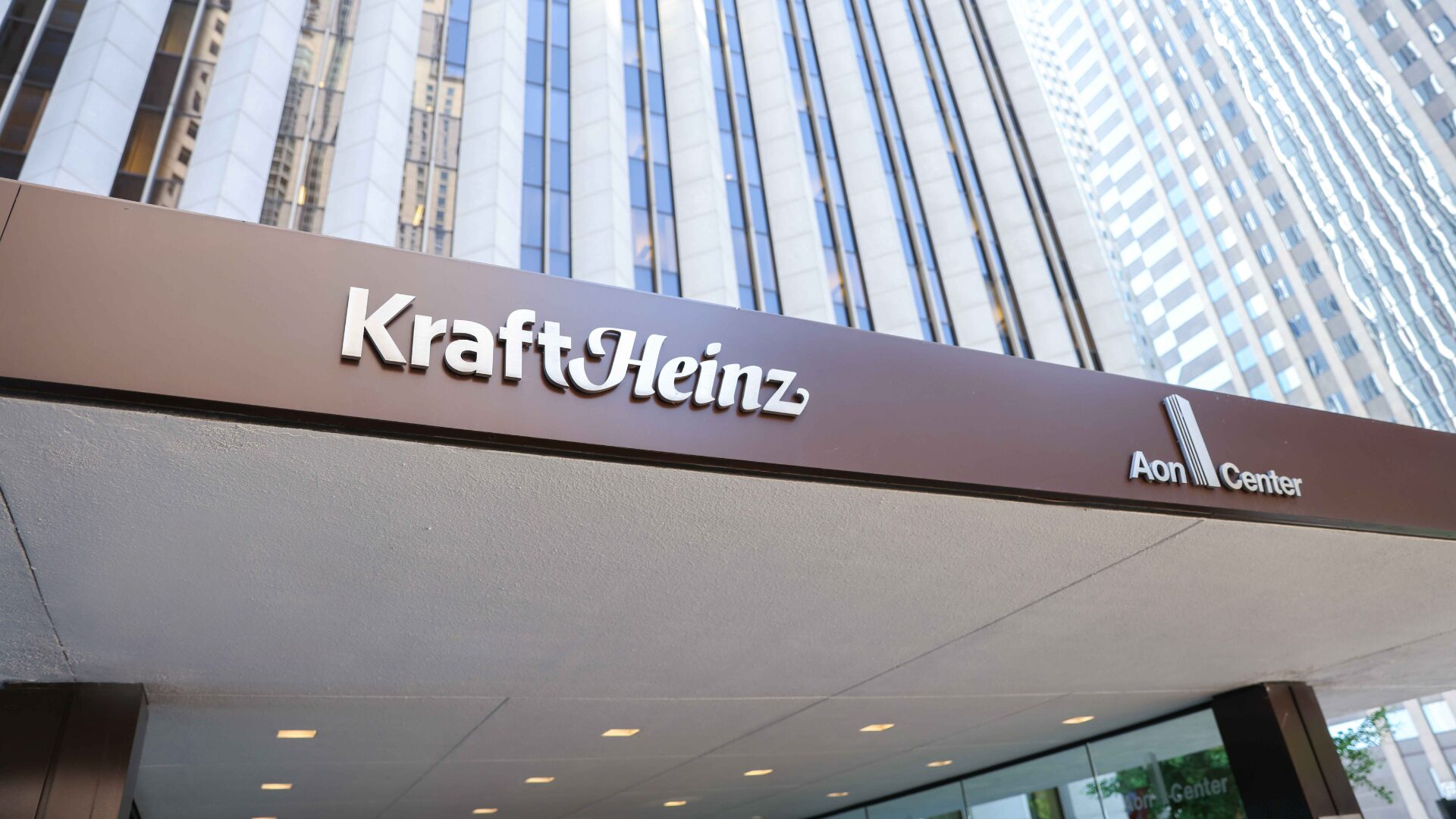A decade ago, United Natural Foods seemed like an excellent stock. UNFI stock had risen nearly tenfold since its late 1996 initial public offering. Steady growth in the natural food channel — where UNFI seemed to have clear leadership — promised further gains ahead.
So did the company’s longstanding relationship with Whole Foods Market, which drove 36% of revenue the previous fiscal year. Revenue from Whole Foods was growing double-digits, and the same was true for the company as a whole. Overall, UNFI seemed like a business worth owning.
The picture now looks incredibly different.
UNFI stock is down 86% over the last ten years, with most of the losses coming in the past 18 months. Shares are at a four-year low.
The most significant driver of the decline has been the company’s profit margins. In fiscal 2014, UNFI generated Adjusted EBITDA (earnings before interest, taxes, depreciation, and amortization, with non-cash charges added back) margins right at 4%. Gross margins were 16.6%.
When UNFI acquired Supervalu in 2018, it projected the combined company, including synergies, would keep that 4% level, even though Supervalu’s wholesale business historically ran at lower margins.
Major Factors at Play
But for fiscal 2024, the company’s guidance projects Adjusted EBITDA margins of just 1.6%. Nearly all of the compression is being driven by gross margin — essentially, the markup that UNFI can pass along to customers. Gross margins were 16.6% in FY14, 14.6% in fiscal 2021, and just 14.0% last fiscal year. UNFI doesn’t give guidance for that metric, but commentary on recent earnings calls suggests further pressure this fiscal year — and potentially beyond.
The problem, simply put, is that UNFI is getting squeezed by its customers. The company’s top-line growth has actually been reasonably impressive: fiscal 2024 sales will be about 350% higher than they were ten years earlier. Obviously, a big chunk of that came from the Supervalu deal — in part because UNFI hasn’t, as it planned, sold off all the stores it acquired in that deal — but it’s not as if the distributor is hemorrhaging customers.
In fact, UNFI is doing quite well with its major customers — and its biggest. Assuming performance from the first half of this year continues, revenue from Whole Foods will have grown at a more than 10% rate for the decade in which UNFI stock has plunged. That chain still accounts for more than 20% of UNFI’s total revenue.
The irony, however, is that the growth of Whole Foods and other majors is a big part of the problem for UNFI.
Management repeatedly has pointed to “mix” as a key driver of the gross margin compression — meaning, essentially, that the larger customers driving the revenue growth also can negotiate for lower markups. And the razor-thin margins in the distributor model mean that pricing power from customers is a big problem for UNFI. The company is guiding for about $500 million in Adjusted EBITDA this year. Somewhat incredibly, in 2018 it estimated the combined Supervalu-UNFI business, excluding revenue and including post-merger cost synergies, had generated over $800 million in Adjusted EBITDA during the preceding four quarters.
The Path Forward
The problem is that there’s not an apparent way out of this trap.
Unsurprisingly, analysts have repeatedly brought up gross margin on recent earnings calls; on the fiscal second quarter call last month, an analyst directly asked when the figure would stabilize. Chief financial officer John Howard responded, essentially, that he didn’t know, pointing to higher promotional spend amid “the margin pressure in general that we’re seeing within the industry”.
At this point, UNFI simply can’t afford lower margins. Debt net of cash is $2.15 billion, more than 4x this year’s Adjusted EBITDA. That’s a multiple that has reached the danger zone.
Bonds that mature in 2028 now yield 14%, a figure that suggests investors see a material chance that UNFI might not be able to repay that indebtedness.
In that context, the plunge in UNFI is hardly surprising. High debt accelerates the decline in the equity value. Since December 2021, the company’s enterprise value (its market cap plus the face value of its debt less cash; essentially, the market’s valuation of the entire business) has dropped by about half. Thanks to borrowings (mostly a legacy of the Supervalu deal), UNFI stock has fallen 85%.
The one possible hope is simply better execution.
UNFI has struggled with higher shrink but made progress on that front. The company’s assets don’t seem particularly well-utilized. UNFI’s distribution square footage is more than three times that of SpartanNash (and its retail square footage not significantly smaller), yet UNFI’s enterprise value is barely twice that of its rival. Looking to an adjacent industry, Performance Food Group has roughly the same distribution square footage — yet commands an enterprise value more than five times that of UNFI.
Obviously, PFG operates in different end markets — but that might be precisely the point. Right now, UNFI’s industry is simply too tough for the company to succeed. It’s difficult to see precisely how that can change.
Editor’s note: Vince Martin is an analyst and author whose work has appeared on multiple financial industry websites. He’s the lead writer at Overlooked Alpha, which offers market-wide and single-stock analysis every week.
The Food Institute Podcast
How does one jump from aerospace engineering into plant-based chicken nugget production? That’s exactly the leap that Christie Lagally, CEO & Founder of Rebellyous Foods, took in search of producing a healthier chicken nugget. Learn more about her company’s focus on animal welfare, environmental sustainability, and human health in this episode of The Food Institute Podcast.












